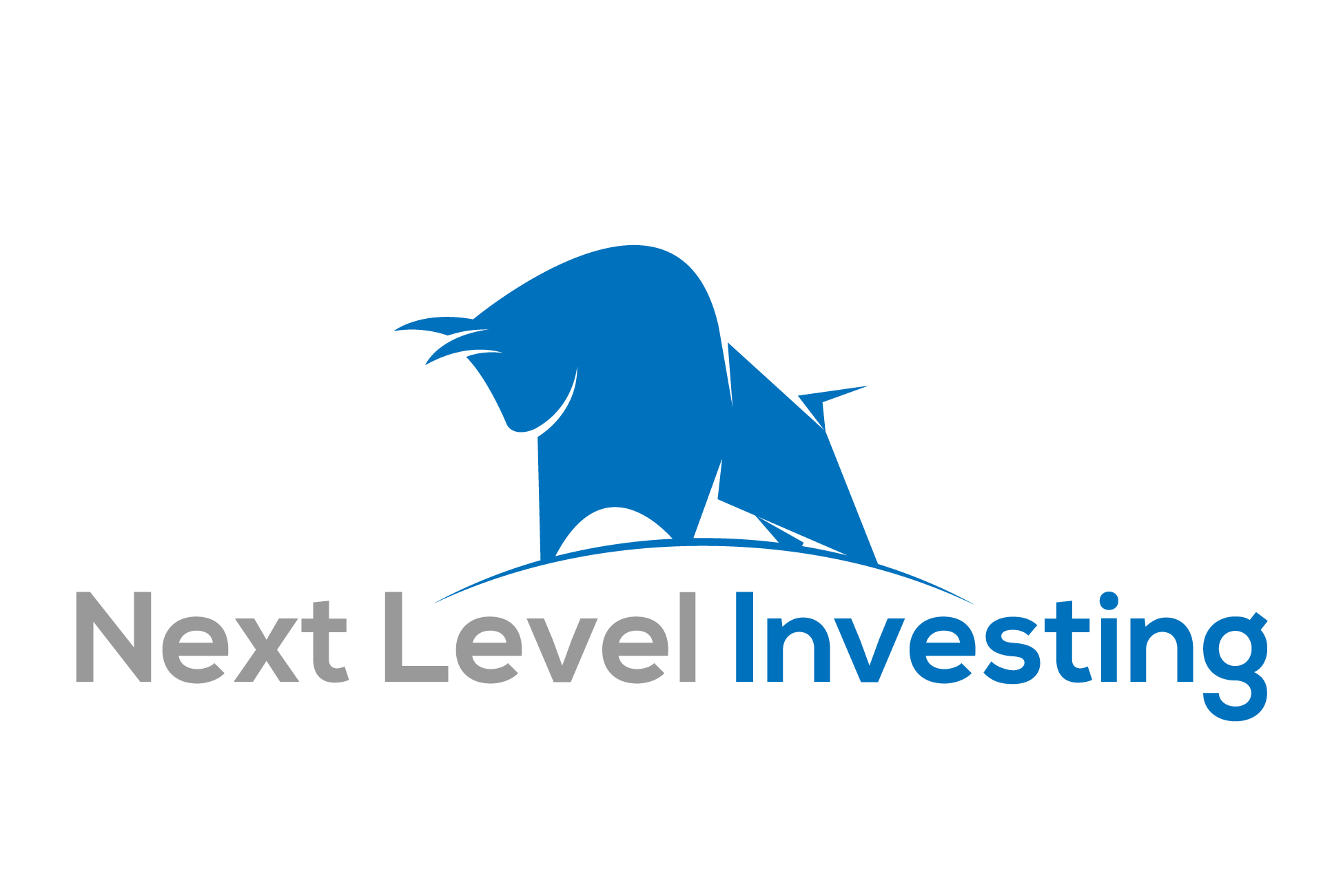(Source: Magic Formula Investing)
I know many of you are as excited as I am to get started with these Five resources.
And if you haven’t done so already, read the intro here.
So, instead of releasing them all at once, I’m going to release them one at a time, as soon as I finish writing them, so they’ll get to you more quickly (Exciting right!?). So over the next two weeks, I will be releasing all of them, to you, in a five part series.
This really will help take your investing to that ‘Next Level’. So stay tuned, and enjoy!
Part 1: It starts with Magic
We begin our five part series with an excellent resource, so good in fact, that it claims to be Magic!
The Magic Formula, comes from the famous value investor Joel Greenblatt. Who, at the time of writing the first edition of his book, had a 20 year compounded annual rate of return of 40%. That’s just crazy. To wrap your head around that kind of return, here’s what it would look like;
If you had $10,000 to invest, and invested it for 20 years, with an annual compounded rate of return of 40% a year, that $10,000, would have turned into $8,366,825.54.
Not bad… Not bad at all.
So, when I introduced my first link as the Magic Formula, it probably didn’t hold as much weight as it does now. Greenblatt’s the guy who simplified his style of investing for “the average Joe/Jane” and made a screener to help us out. Pretty awesome right!?
The formula for the screener comes from one of his most popular books called: The Little Books that Beats the Market. Which was most recently updated in 2010. It’s a fairly easy and fun read, that gives insights into how Greenblatt thinks the average investor should invest. It’s a good, quick read, and I’d highly recommend you check it out.
In this book he outlines his formula for how the average investor can (often handily) beat the market in the long-term. Not only does his formula seem to beat the market, but it does so with extremely little portfolio maintenance.
How Systems Work
I know this sounds simple, and it is. But as I’ve said before, Simple does not mean Easy.
In order to get the benefits Joel talks about in his book, you have to be prepared to robotically follow the rules. Day in, and day out, year after year. Without any modifications or miss steps. This is not a short term investment strategy and is not for the faint of heart. You have to be able to continually follow the rules, during large crashes or during big bull markets. That’s the only way a system can work, and for some, that might be perfect.
You should know, if you don’t follow the rules, the system itself won’t work.
Simple as that.
Benefits of having a system like this
Maybe you don’t really want to learn to invest on your own, or you don’t enjoy learning about new companies in fascinating industries. A system may just be for you. It benefits people who aren’t experienced by making a tight set of rules to follow year after year. You don’t really need to know the companies the screener pops out, you just have to be able to follow the rules. Simple as that.
Another benefit is that a system can help to minimize emotions in the marketplace This will help keep your focus on your long term horizon, instead of the short term market fluctuations. This in itself, can lead to better than average returns over time, as emotions are often the #1 killer of the individual investor's portfolio. Trust me, I’ve let emotion get the better of me in the past, and it did not turn out well, so minimizing emotions in any way you can, is always a good idea.
You Like what you hear and want to follow his principles? here’s how...
Step One: Screen them!
Run the screener and select the companies off the list you want to buy. He recommends choosing at least 20 stocks to maximize diversification. Remove any off the list you don’t like.
Step Two: Buy them!
If you have a smaller portfolio, he recommends to buy periodically throughout the year.
Step Three: Hold them.
Hold the winners for 1 year and a day to reduce tax implications.
Sell the losers before the year is up.
Step Four: Repeat.
Rinse, and repeat until wealthy.
It’s slightly more complicated than that, but not by much, and if you’re interested, you can read more about it in his book.
The rationale is straightforward: buy shares in good businesses, measured by returns on capital, only when they're available at bargain prices, defined as a high earnings yield.
That makes perfect sense to me, it’s a quick way to know you’re likely buying a company at a good value.
Here’s how I use his screener
First, if you haven’t already, Sign up. It’s 100% free and takes very little time.
After you’re signed up, Login. This will bring you to the stock screener page.
Next you simply set the minimum market cap you want, then select the number of stocks you want to view (30, or 50) and click ‘Get Stocks’.
Note: if you want to get a more unique list of companies, play with the market cap number.
Here’s the companies that popped up for me:
Instead of just blindly buying every stock on the list that the screener pops out, I like to look at the names I recognize and dig deeper into their value. I’m sure there are a couple names on the list you recognize as well.
(Note: The idea for using this site as an idea generator comes from one of my absolute favorite Value investors, Mohnish Pabrai, and his ridiculously good book Dhandho Investor. Read it!)
If the company I’m looking at isn’t screaming VALUE VALUE after further research, or it’s too difficult for me to understand, then I put it on my watchlist, or put it in the ‘Too Hard’ pile and move on to another company.
If no companies pop out at you, just work through them alphabetically, and see if any of them scream VALUE. You may think that this will take forever, but I’ve found that once you utilize the resources I’m going to share with you properly, you can do this in as little as five minutes per company, sometimes less.
Hint: The easiest/quickest method for valuing a company is through Phil Town's toolbox mentioned in Part 4, but we’ll get to that…
That’s basically it for this one. It really is an excellent tool for finding potential undervalued stocks, in a simple and straightforward manner. I love it, and I think you will too.
We’ll Finish here with a summary from Joel
Here’s what Joel Greenblatt has to say on his Investing style. It’s only 10 minutes long:
Thanks for reading! We’ll talk again soon.
~Ryan Chudyk~
P.S.
Stay tuned for Part 2 of this 5 part series, Likely to be released tomorrow (if all goes as planned…).
Want the remaining 4 resources now instead of waiting? Sign up to my newsletter and I’ll send you the list right now (plus one bonus resource that won’t be included in this series). Join now.



3 Comments
Leave your reply.